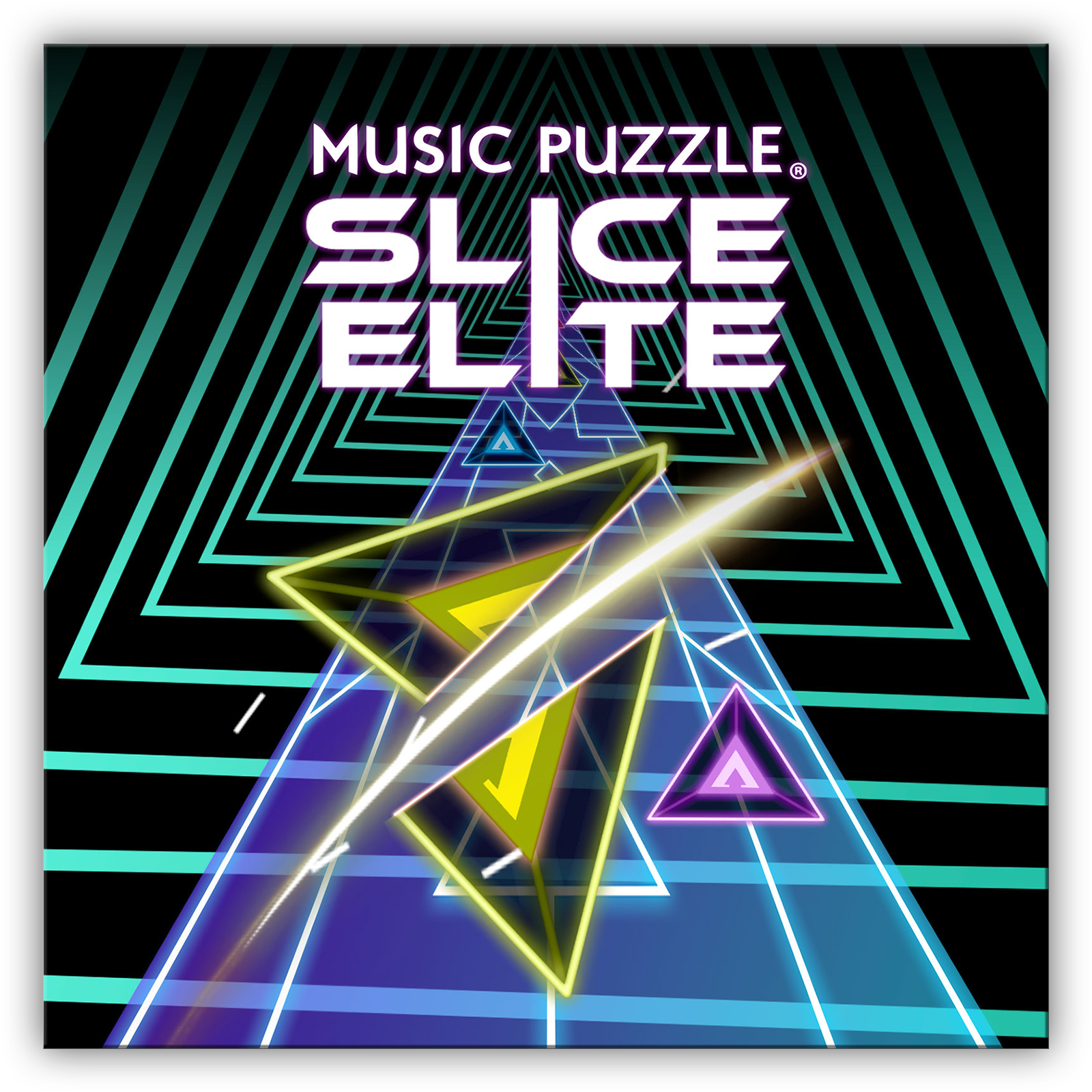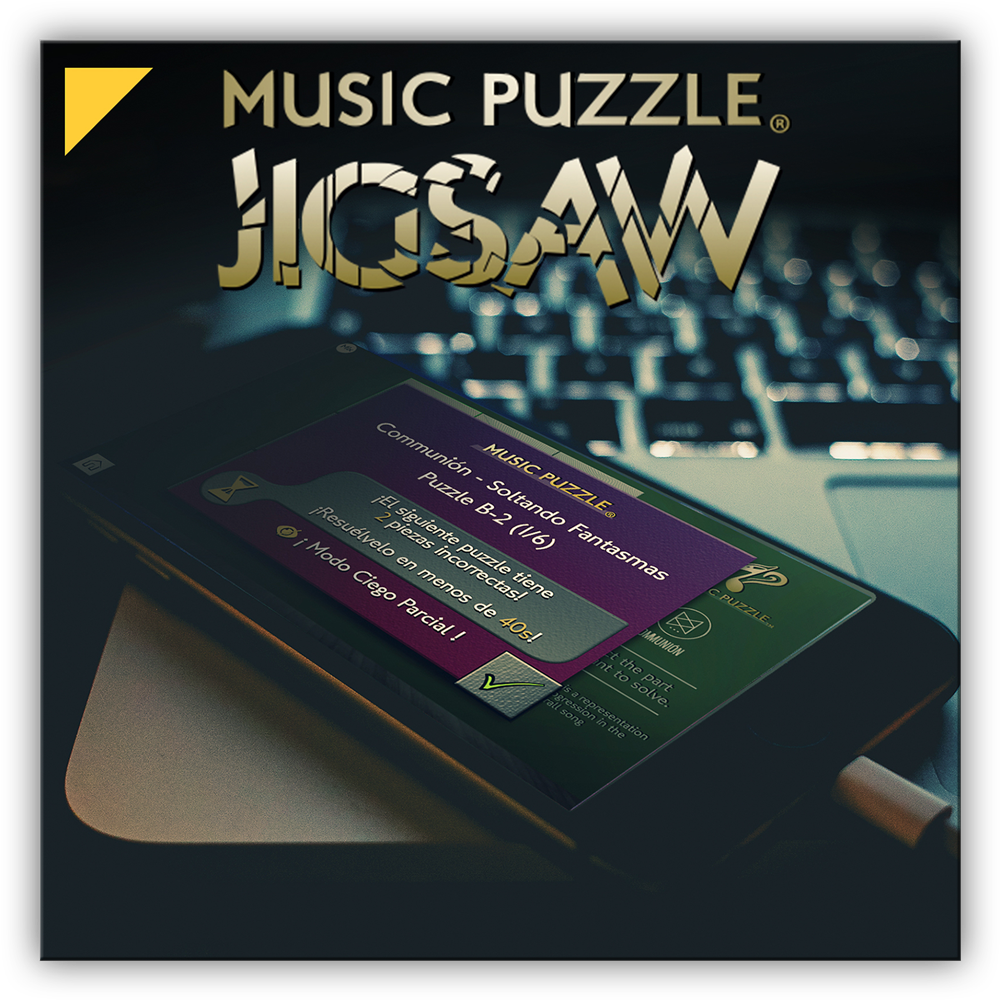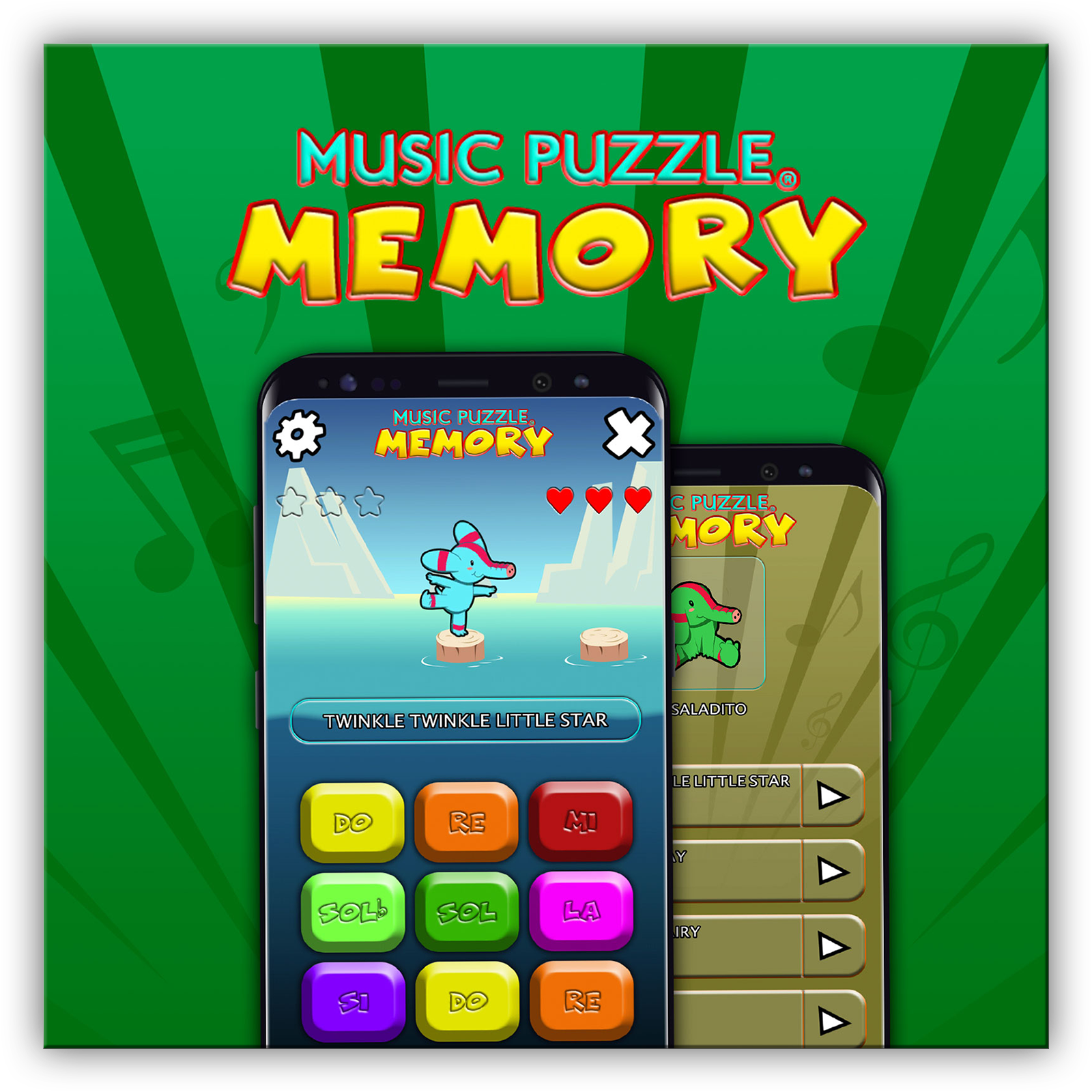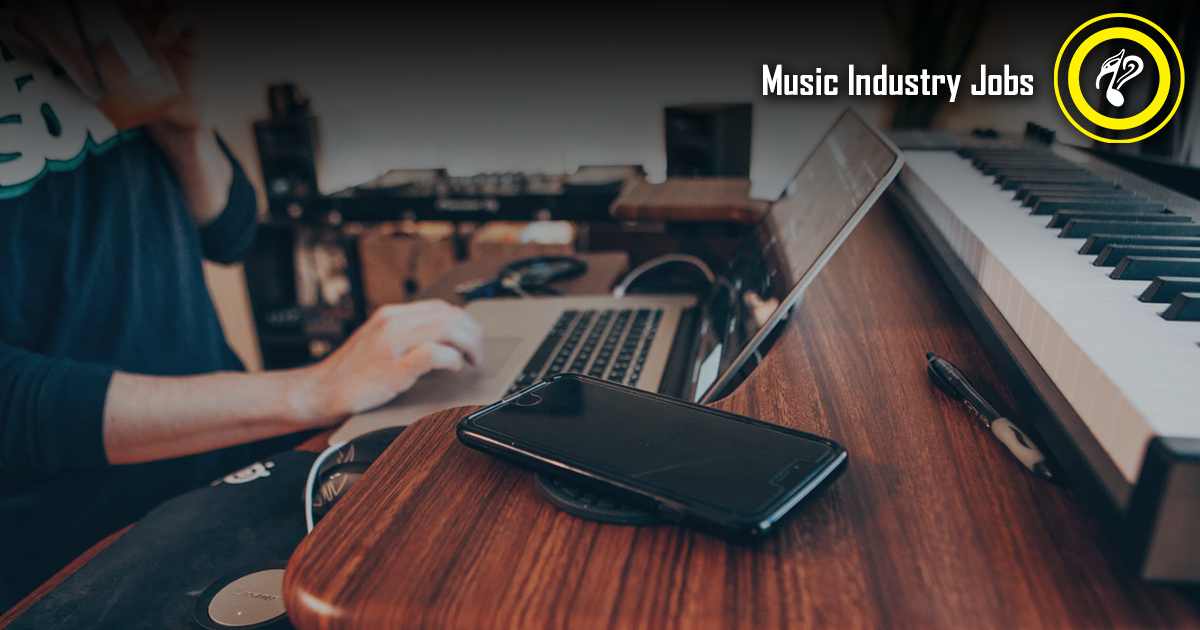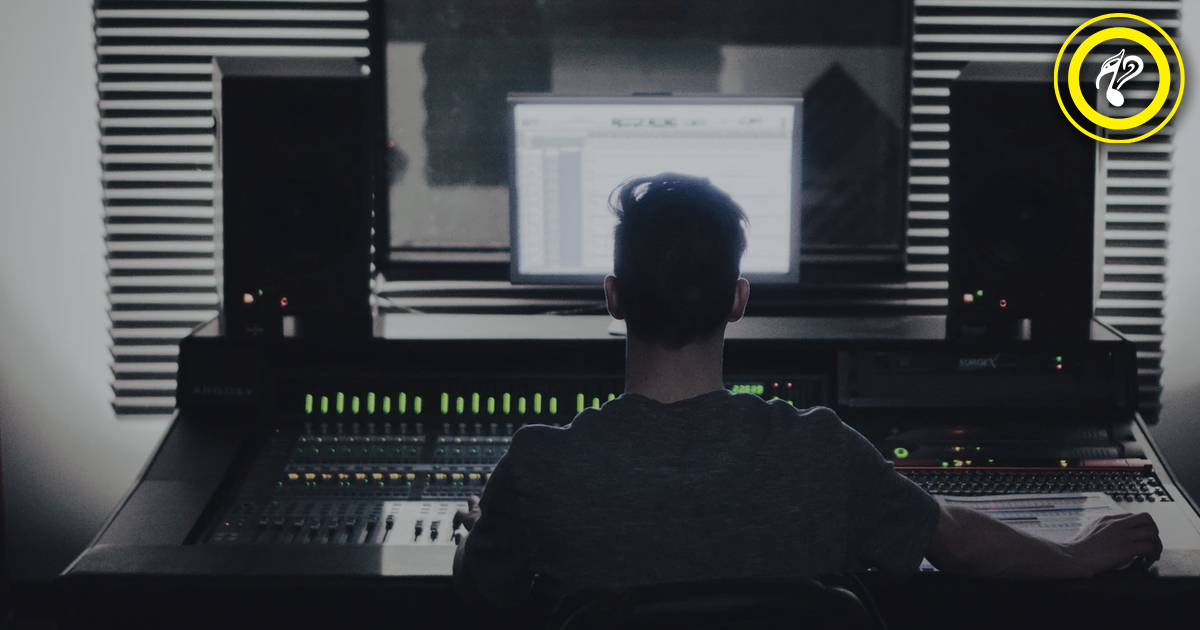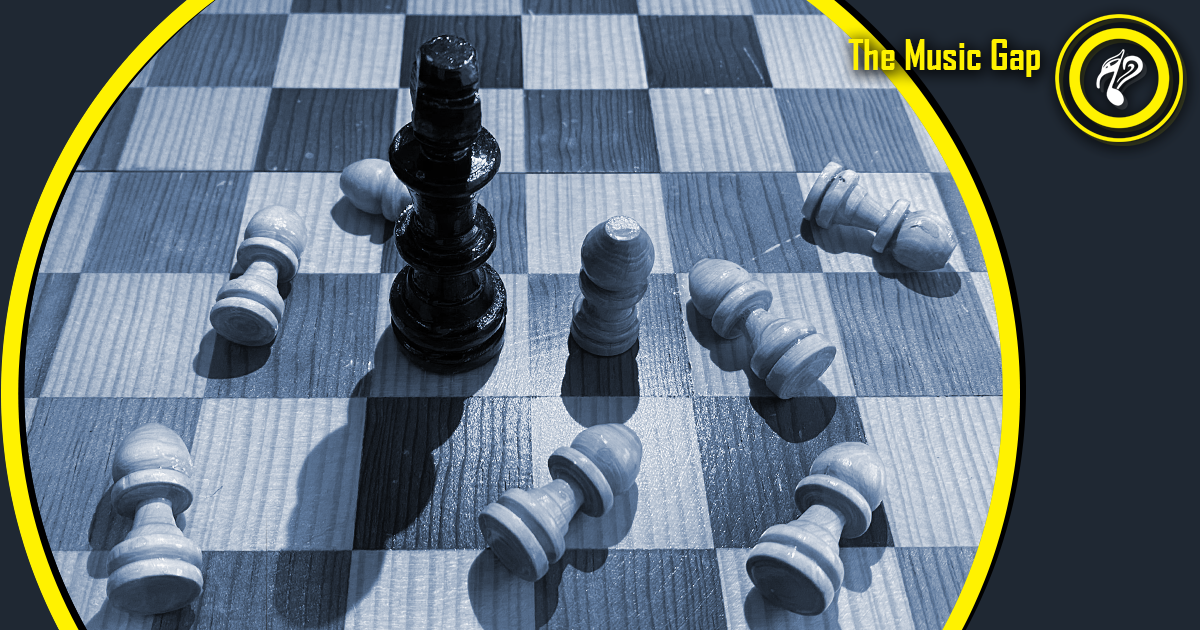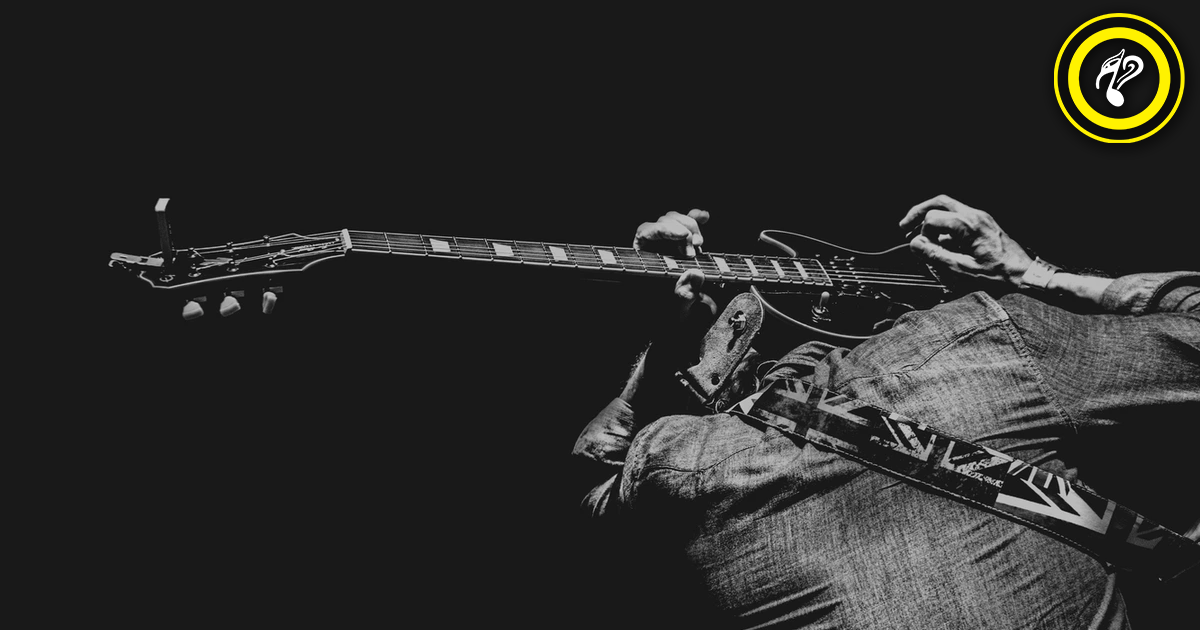Protools and beyond
These are some of the most used software for recording, production, and music creation.

Part of the musicians’ career nowadays involves the use of technology, as we saw in previous articles. The modern hardware allows us to record with professional quality from a home studio, but what about the software?
DAW (DIGITAL AUDIO WORKSTATION)
A daw is any software that helps us to record, edit, mix, and produce audio. Used not only for music but also for sound design and dubbing.
The best known DAWs are:
- Protools:
Pretty much the standard in music, there’s no studio without Protools. For better or worse, this software has been the foundation of countless records and film productions. One of the biggest issues talked about is its stability and occasional flaws. Either way, they don’t keep Protools from being the main DAW for producing and recording.
Protools is so renowned around the world, that our Music Puzzle: JigSaw video game inspired its gameplay from it by separating audio tracks as Protools does:
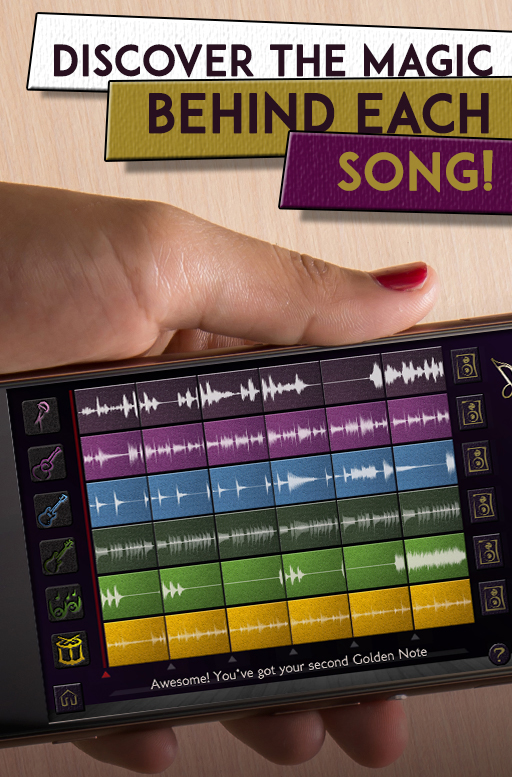
- Cubase:
A DAW that’s been gaining a lot of popularity, mainly in the world of film scoring, since composers such as Hans Zimmer, Junkie XL, and the recent Oscar winner Hildur Guðnadóttir for his work in "The Joker" use it as their main production software. Steinberg, the developer company, has been implementing elements criticized in Protools, such as stability, ease of creating scores from the DAW, or automatic conversion of a MIDI track to audio to attract users to their side.
- Logic:
This software is exclusive to Mac users and it contains excellent virtual instruments, perhaps its main disadvantage is that sessions can’t be accessed without the proper operating system.
- Ableton Live:
There is no Live Looping DJ or artist who doesn’t know or work with Live as it’s specifically designed for live performances. Recording tracks and sound effects can be manipulated in real time using special hardware made to work with this DAW (Launchpad). All this makes Ableton Live an excellent option for those who want to improve their live performances.
Special DAWs
These DAWs aren’t ideal for song recording and production, but they specialize in other areas:
- FMod and Wwise:
They specialize in interactive audio and they are very useful if for video game music. The way the loops are activated, their duration, effects, and transitions can be programmed with gameplay parameters. It can be used either for music or sound design.
- ALK2:
This charming software was created for the niche artists who perform Live Looping. It allows us to create arrangements by deciding the speed of the piece, how many bars are recorded and the number of times they are repeated, and the number of opened tracks for recording.
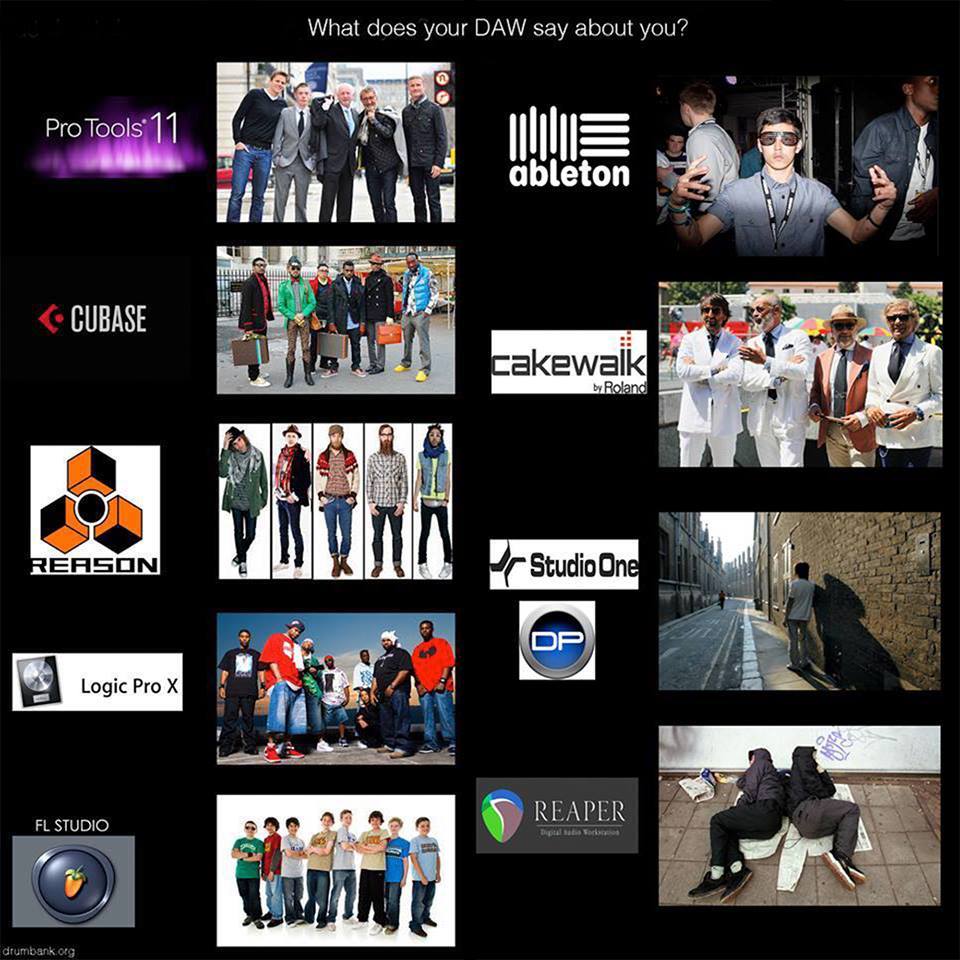
MUSICAL NOTATION SOFTWARE
All software specifically made to create, play, and edit scores.
- Sibelius:
My software of choice. The interface isn’t very user-friendly since version 6, but once you know the gist of it, it’s really versatile. Like Protools, Sibelius is probably the most widely used software for music notation.
- Finale:
Sibelius' main competitor for years. Despite being similar, its interface is a little outdated and confusing for me. But to each their own.
- Dorico:
This Steinberg program offers good communication with Cubase and has a “Flow” system that allows composers to have different windows to store their ideas and musical sketches in an orderly manner.
- Staff Pad:
An app for the Ipad Pro and later models, it uses the stylus to create an experience close to the feeling of writing on a piece of paper. The program detects and translates the drawings the user makes on the screen.
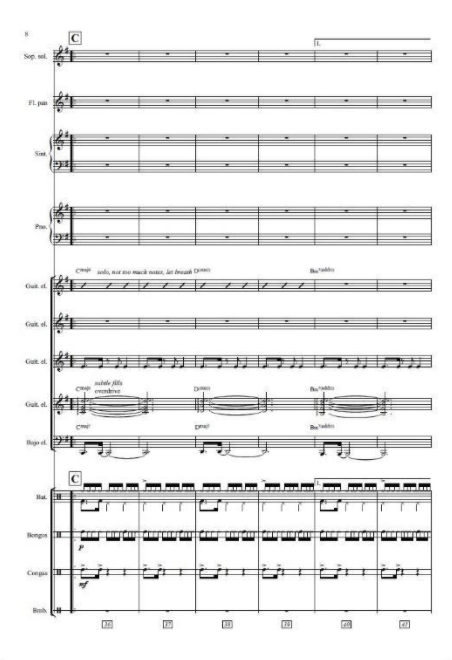
PLUGINS
Software created to interact with DAWs, there are various types:
1 ) Virtual instruments or VSTI (Virtual Studio Technology Instrument)
- Synthesizers:
Synthesizers are artificial. They consist of complex combinations of pure waves (sine, square, triangle or saw waves) to which you can assign parameters such as:
- Attack: strength with which a sound begins.
- Decay: how low the volume of the sound decreases after the initial attack.
- Sustain: duration that the sound can be maintained.
- Release: the time it takes for the sound to fade away once you stop playing.
Synthesizers have become a very important part in the creation of popular and formal music due to the immense possibilities they offer. Amongst the most popular ones are Zebra2, Omnisphere and Serum synthesizers.
- Sample Libraries:
The word sample refers to a clip recorded with a real performer or performers. Each note, articulation, and dynamics are carefully recorded to create a faithful representation of the instrument to be “sampled”. These recordings can be triggered with a MIDI controller, which will detect the strength or softness with which one plays. Joints can be chosen by the composer through parameters that can be configured from the same controller or from the DAW.
Some examples are The Gigant (piano bookstore), Metropolis Ark 1 (orchestral samples), and Tina Guo Cello (recordings and effects of this famous cellist).
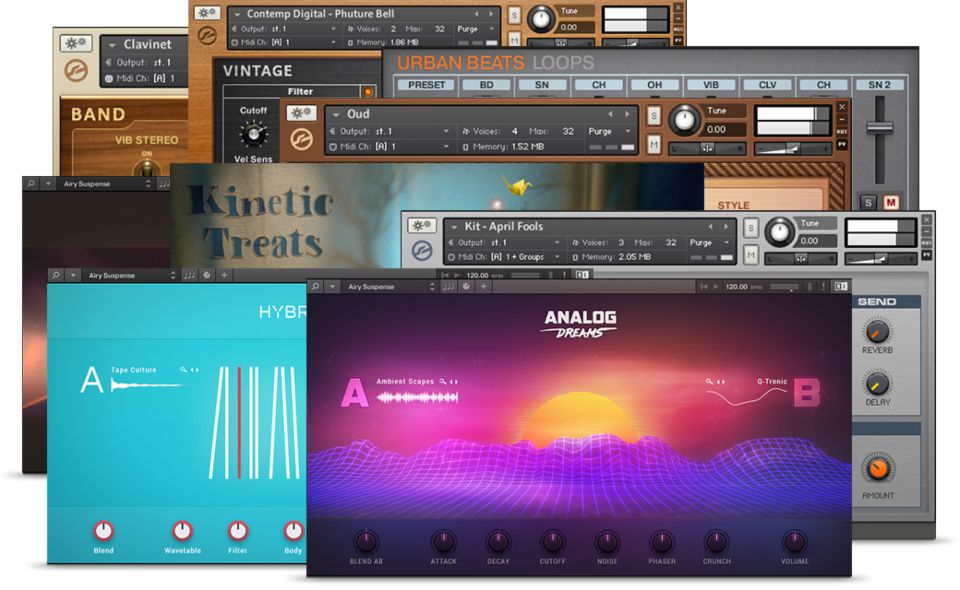
2 ) Effects
- Delay:
Repetition and multiplication of the original signal. In other words, a controlled echo.
- Reverberation (Reverb):
Effect produced by the reflections of the sound caused by the acoustics of an environment or room. They create a kind of "continuity" once the original sound stops being produced.
- Distortion:
A weighted saturation of the signal. It’s normally used on guitars and bass, but of course, it can also be used on any instrument or audio clip.
- Compressor:
As its name suggests, its main function is to compress, which means that the volume peaks are flattened to create a more uniform, compact, and focused sound.
- Chorus:
Duplicating a sound with a slight lag in time and intonation with the original audio, this creates a chorus effect.
- Reverse:
Plays the signal in reverse, if you listen to this effect applied to a cymbal you will find a sound widely used in electronic music.
- Pitch:
Plugins that allow you to modify the original intonation of a track.
Melodyne or Autotune are 2 widely used programs to polish the tuning of voices or instruments, most of your favorite commercial songs probably have this "makeup" to a certain degree.
Exaggerating the effect of this plug-in turns the voice into a metallic sound, this sound is already part of reggaeton productions.
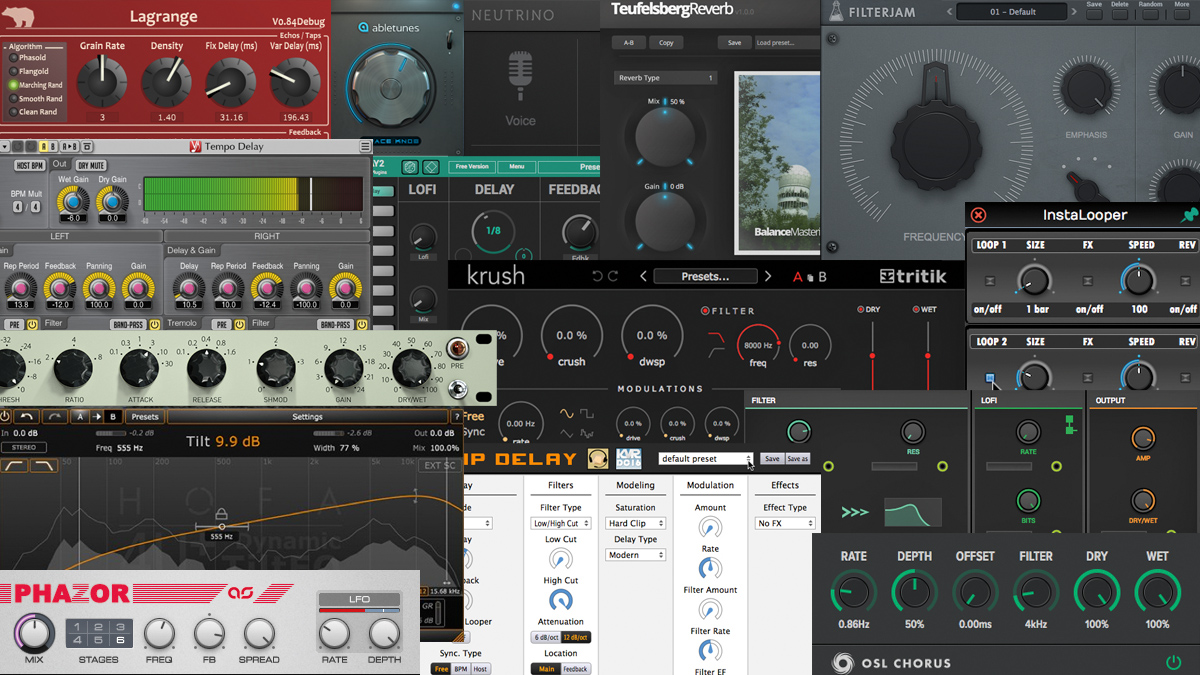
Did we miss any software you like? Which one do you use?
Leave a comment!
https://www.icancompose.com/dorico-vs-sibelius/
https://www.careersinmusic.com/best-music-writing-software/
https://www.reddit.com/r/musictheory/comments/7r5od9/finale_vs_sibelius/
https://es.wikipedia.org/wiki/Onda
https://es.wikipedia.org/wiki/Delay
If you enjoyed the article, you'll love these games:
